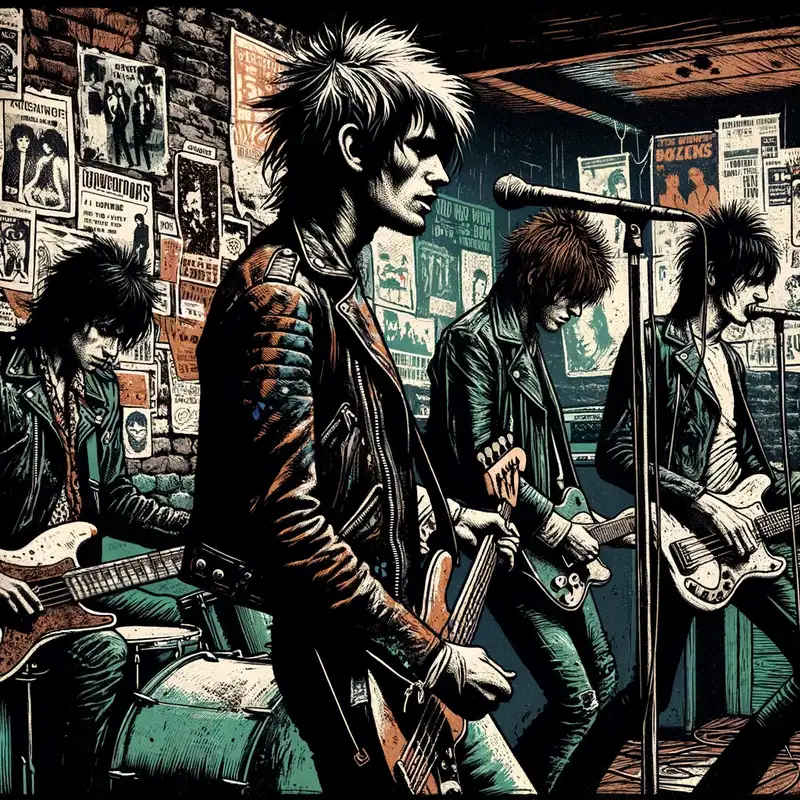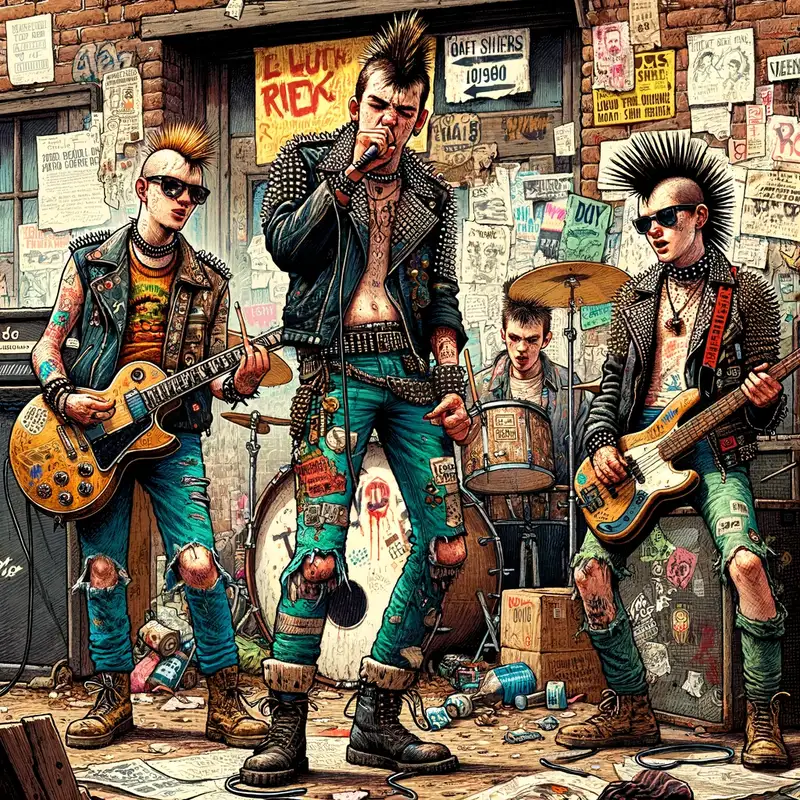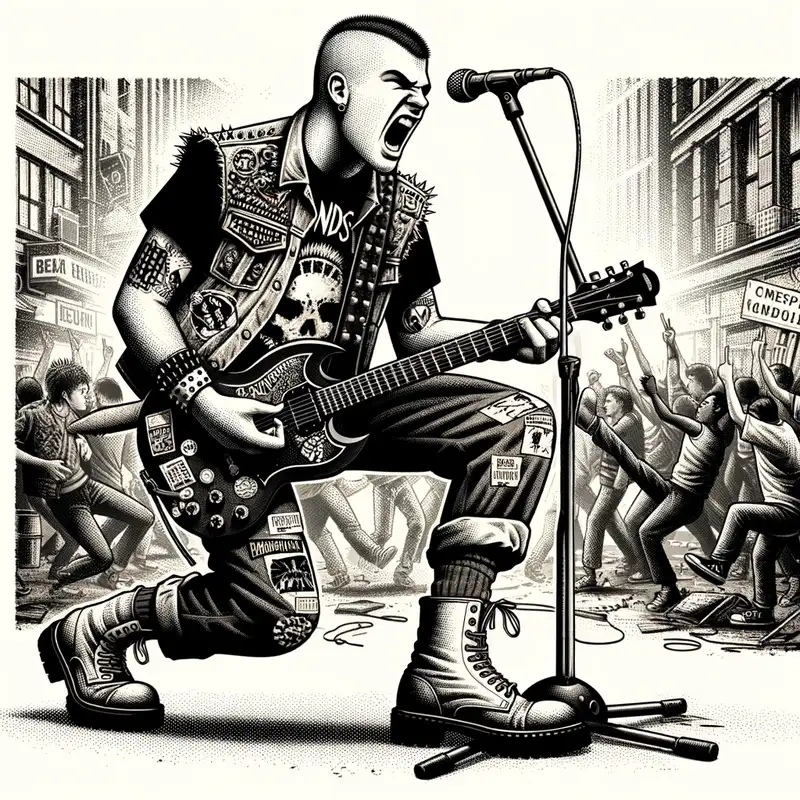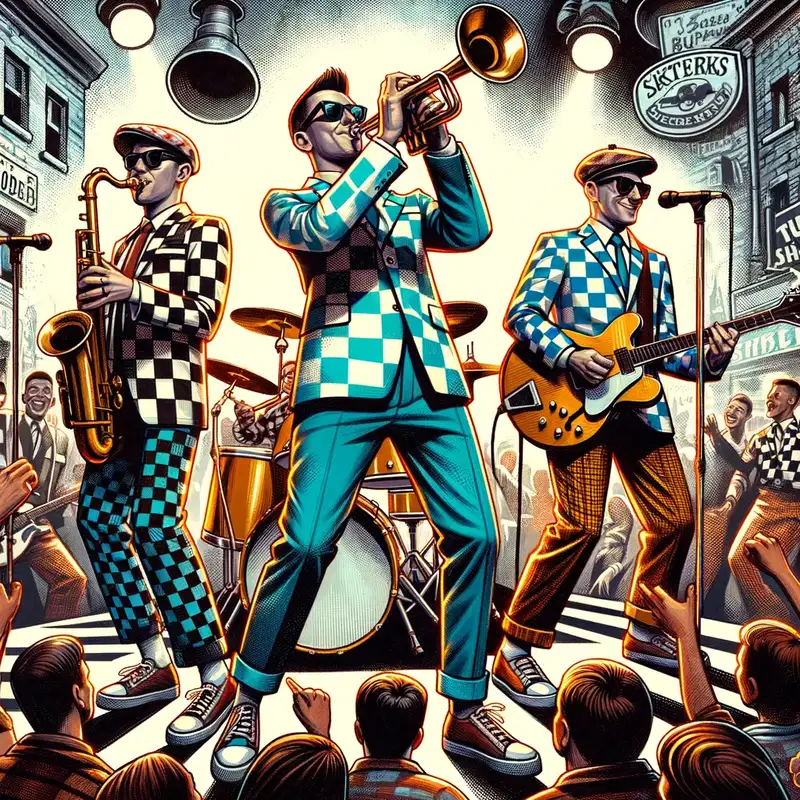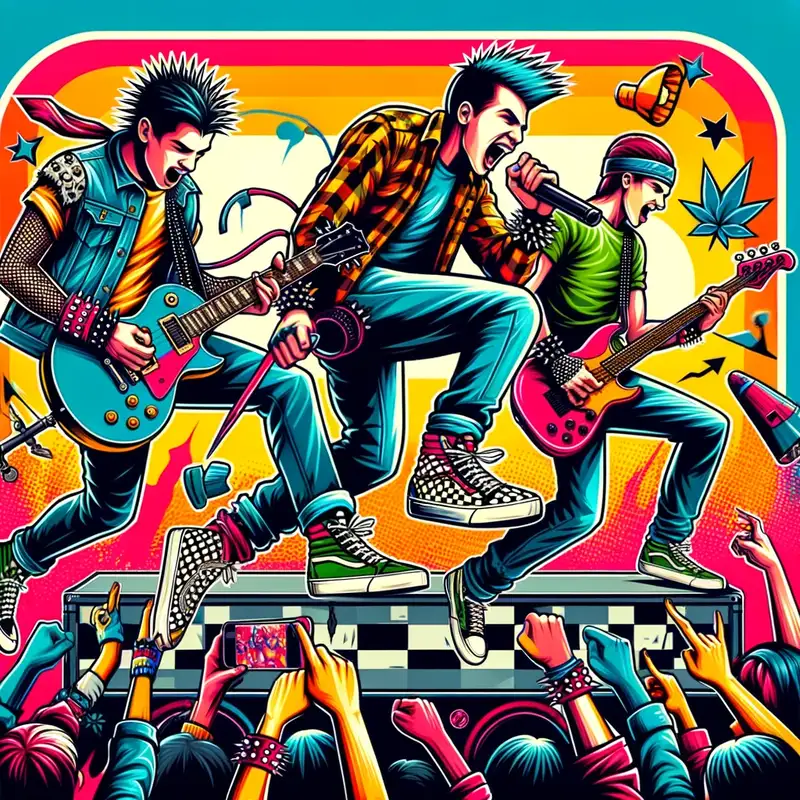Punk
Ever felt that urge to go against the grain, to scream into the void, or just to play your music loud enough to tick off the neighbors? That’s the spirit of punk music, and if you’re not acquainted, prepare to get schooled.
Table of Contents
Subgenres
From hardcore to pop-punk, from ska-punk to crust, the punk tree has many branches, each with its own flavor of anarchy.
The Birth of Punk
While its explosion onto the scene in the mid-1970s felt revolutionary, its roots trace back to earlier musical movements. Let’s delve deeper into the origins of punk.
Garage Rock and Proto-Punk
In the 1960s, even before the term “punk” was widely used to describe a musical genre, there was garage rock. These were amateurish bands, often young and inexperienced, playing a raw and aggressive form of rock ‘n’ roll, like The Sonics and The Seeds.
Meanwhile, “proto-punk” bands started to arise, offering a glimpse of what was coming next. The Stooges with frontman Iggy Pop, and the MC5 from Detroit, played louder, faster, and with a more confrontational attitude than most of their contemporaries.
The Velvet Underground
The Velvet Underground, fronted by Lou Reed, provided another major proto-punk influence. Their discordant sound, combined with lyrics dealing with taboo topics (drugs, sex, and urban life), provided a template for many punk bands to come.
Sociocultural Backdrop
The 1970s was a period of economic decline, especially in the UK with its strikes, blackouts, and rising unemployment. Disillusioned youths, facing a future that seemed both bleak and static, found solace in punk’s rebellious spirit. Punk became an outlet for frustration, a means of speaking out against societal failures.
NYC: The Crucible of Punk
New York City in the mid-1970s was a melting pot for artistic experimentation. Venues like CBGB and Max’s Kansas City became focal points for the emerging punk scene. Bands like Television, Patti Smith Group, and The Ramones began to carve out the early sounds of punk, emphasizing raw simplicity over the perceived pretentiousness of the then-popular prog rock and disco.
The UK Explosion
Influenced by their American counterparts, UK bands adopted punk’s raw sound and infused it with their distinct anger and British identity.
The Sex Pistols – Their rebellious spirit embodied the genre. They weren’t just a band; they were anarchy personified.
The Clash – Their genre-blending style brought punk to new audiences, with a mix of rock, reggae, and a healthy dose of anti-establishment lyrics.
Characteristics
- Simplicity: Punk songs are known for their simple three-chord structures.
- Short and Fast: Tracks are often short, aggressive, and played at a fast tempo.
- DIY Ethos: Punk emphasizes self-reliance. Many bands recorded in makeshift studios, produced zines, and organized their own gigs.
- Lyrics: Punk lyrics are often political, addressing societal issues or expressing disillusionment with the establishment and mainstream culture.
- Aesthetics: The punk look is as distinctive as the sound: torn clothing, band t-shirts, leather jackets, and distinct hairstyles like brightly colored or spiked hair and the iconic mohawks.
Punk’s Not Dead
Punk has had its ebb and flow over the decades. The raw energy of the ‘70s evolved into the hardcore scene of the ‘80s, the pop-punk explosion of the ‘90s, and the emo wave of the 2000s. Each era brought its own flavor but kept the core punk ethos – question everything, especially authority.
